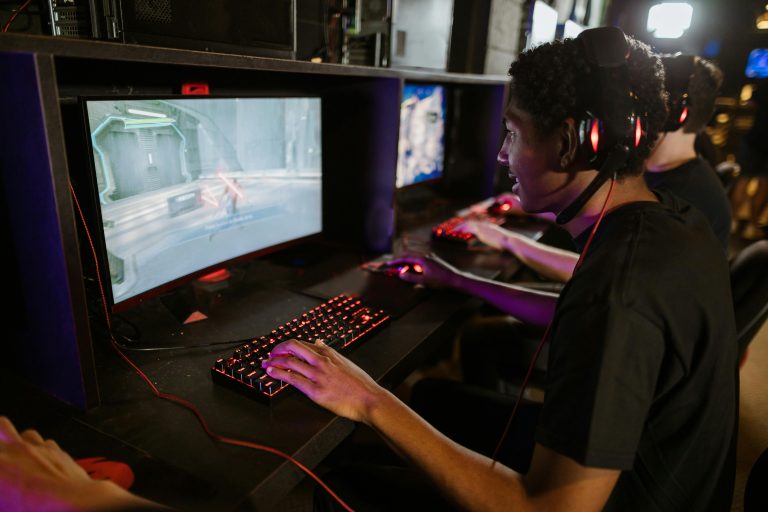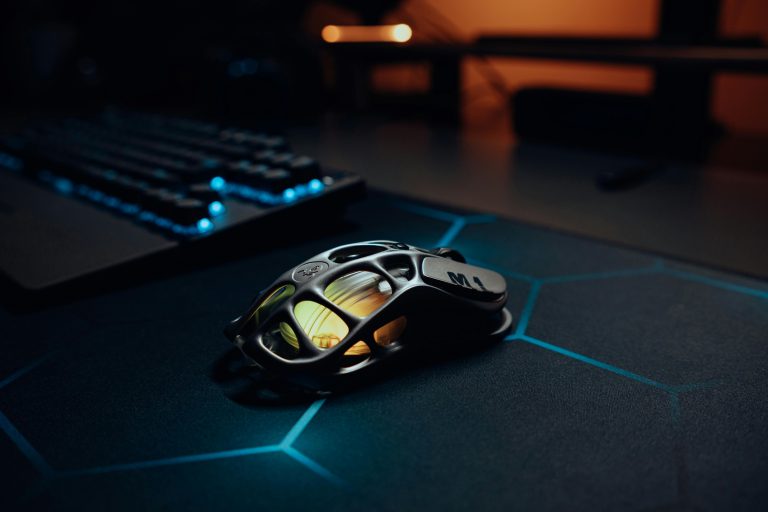
The digital landscape is a living, breathing entity, constantly evolving and reshaping the way we communicate. What was cutting-edge slang just a year ago can feel as dated as a dial-up modem today. To navigate the vibrant, often chaotic world of online discourse in 2025, you need more than just a passing familiarity with acronyms like LOL or IMO. You need a field guide to the new lexicon born from viral trends, gaming culture, AI integration, and our collective yearning for new modes of expression. Staying current isn’t just about sounding cool—it’s about understanding the nuances of digital culture, connecting with younger generations, and avoiding those moments of confusion in a fast-moving group chat. This ultimate guide will break down the top internet slang terms that have defined the early part of 2025, explaining their origins, meanings, and how to use them like a native of the digital realm.
The AI and Tech-Inspired Lexicon
As artificial intelligence has woven itself into the fabric of our daily digital routines, it has inevitably spawned a new category of slang. These terms describe our complex, sometimes hilarious, relationships with the algorithms and bots that share our online spaces.
It’s giving [X]
While this phrase saw a meteoric rise in 2023-2024, its evolution in 2025 is deeply tied to AI image and video generation. The phrase “It’s giving” is used to declare the essential vibe or aesthetic of a person, place, or thing. In 2025, it’s frequently used to critique AI output. For example, a slightly off-looking AI-generated image might be captioned, “The new model is powerful, but the hands… it’s giving creepy mannequin.” It’s a shorthand for assigning a specific qualitative energy.
Glitchcore
This term describes the aesthetic of embracing digital errors and imperfections. Originally an art and fashion movement, it has become a common slang term to describe anything that feels intentionally fragmented, buggy, or surreal. You might describe a chaotic but beautiful TikTok edit as “total glitchcore” or even your own mental state on a Monday morning as “feeling a bit glitchcore.”
Uncanny Valley
Though a technical term for decades, “uncanny valley” has entered mainstream slang in 2025. It’s no longer reserved for robotics; it’s now the go-to description for anything that is almost perfect but just slightly off, creating a sense of unease. This applies heavily to deepfakes, hyper-realistic AI avatars, and even describing a person’s oddly perfect Instagram feed: “Her vacation photos are beautiful, but the lack of any mess is giving me uncanny valley.”
Slang from the Metaverse and Gaming Worlds
The lines between social media, gaming, and virtual reality have fully blurred. The slang from these immersive digital spaces has flooded into everyday text and speech.
Touch Grass (IRL)
An oldie but a goodie that has reached peak saturation in 2025. “Touch grass” is a command telling someone to log off and experience the real world (often because they are being overly online, irrational, or angry about something trivial). The 2025 evolution is the addition of “(IRL)”—In Real Life—for emphasis. Example: “Bro, you’re arguing about cartoon physics for two hours. Go touch grass IRL.”
Main Character Energy (MCE)
This term celebrates the confidence to live your life as if you’re the protagonist of your own story. To have “Main Character Energy” is to carry yourself with purpose, style, and a hint of narrative destiny. It’s a positive term used to hype up friends: “The way you handled that meeting? Total Main Character Energy.”
POV:
Stands for “Point of View.” While used for years on platforms like TikTok to set up a scene (“POV: you’re my Uber driver and I left my wallet at home”), its usage has expanded. It’s now a versatile prefix for any statement to frame a perspective. In a chat, you might say, “POV: your coffee is cold and the Wi-Fi is down” to succinctly describe a relatable moment of frustration.
Expressive and Emotional shorthand
As communication becomes more visual and faster, new terms have emerged to convey complex emotions and reactions with maximum efficiency.
Oomf
An acronym for “One Of My Followers” or “One Of My Friends.” This term is used to talk about someone on your social media feed without directly naming them, often when sharing their relatable or funny post. “Oomf just posted the most unhinged take I’ve ever seen,” is a common and safe way to comment without starting public drama.
Blorbo
This quirky and affectionate term refers to a character from any media (TV, book, game) that you are deeply, personally obsessed with. It’s more specific than just a “favorite character”; a blorbo is one you constantly think about, analyze, and defend. “I can’t stop thinking about my blorbo from that new sci-fi show. They deserved better!”
It’s so over / We’re so back
This is a dual-term phrase used to dramatically describe fluctuating states of fortune. “It’s so over” is declared in a moment of defeat or failure (e.g., “I forgot to save the document. It’s so over.”). Conversely, “We’re so back” is proclaimed upon a sudden reversal of luck or a success (e.g., “The file was autosaved! We’re so back!”). They are often used in quick succession for comedic effect.
Conclusion: The Cycle of Slang Continues
The world of internet slang is a fascinating reflection of our collective consciousness, driven by technology, humor, and a desire for belonging. The terms that dominate 2025—from the AI-inspired “Glitchcore” to the emotionally charged “Blorbo”—tell a story about how we live, work, and play online. While this guide provides a solid foundation for the current digital lexicon, remember that the only constant is change. New words are being minted in comment sections and group chats at this very moment. The key to staying current isn’t about memorizing a list; it’s about staying curious, engaged, and open to the wonderfully weird ways we invent to connect with one another. Now go forth and use your new vocabulary. It’s giving expert-level digital native.






